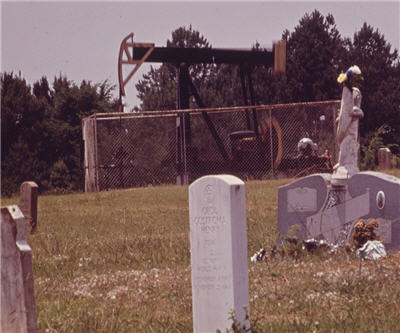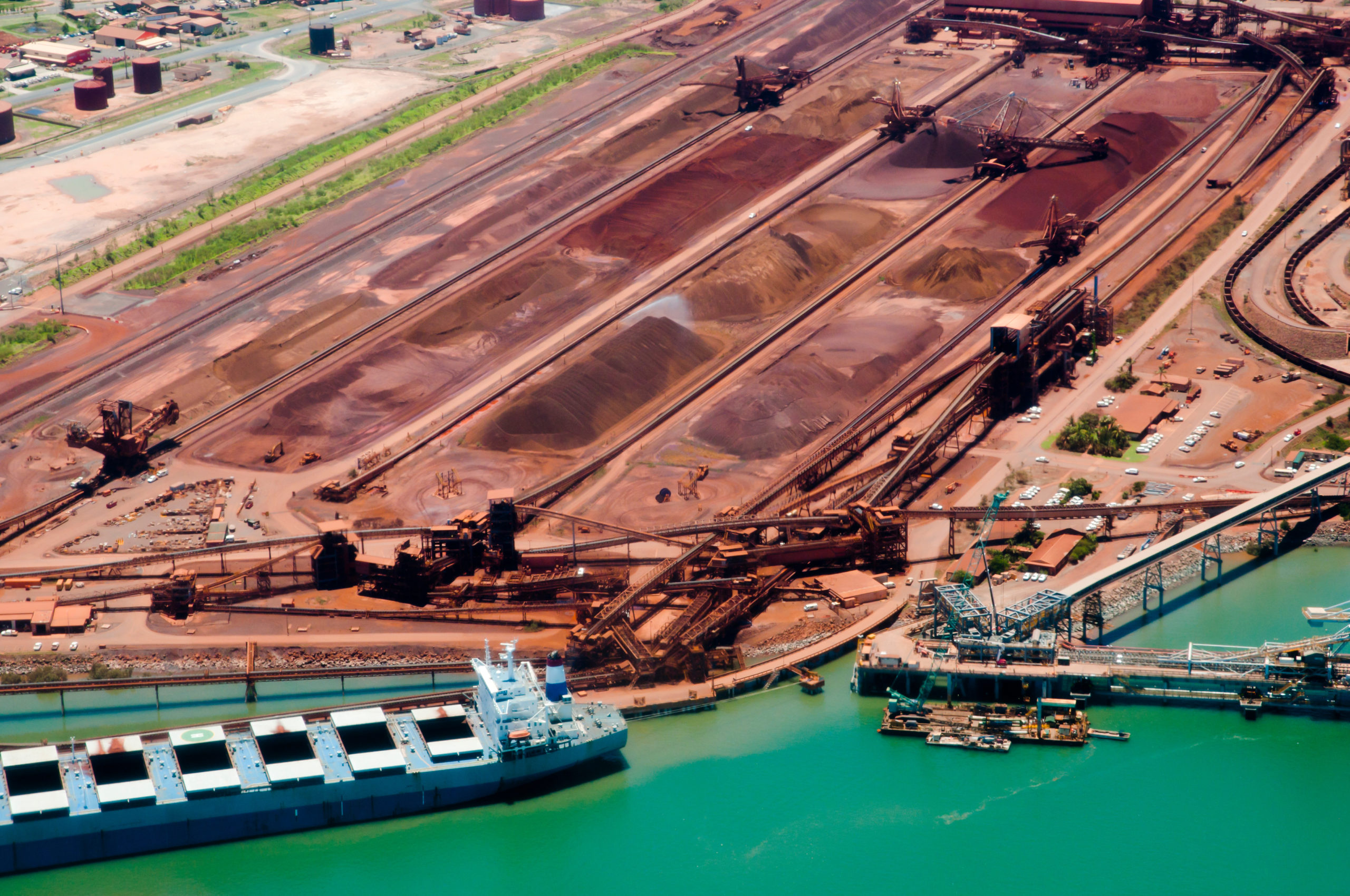Global glut pushes Canadian crude down to $52 a barrel, pricing oil sands out of the market

On Tuesday the price oil sands producers receive fell to $39.40 a barrel below the international benchmark after the spread to US crude widened 12% overnight.
Western Canada Select – a blend of heavy oil sands crude and conventional oil – now trades at a $26.50 discount to US benchmark West Texas Intermediate (WTI) which itself is $13 cheaper than the global reference futures contract ICE Brent Crude.
The deepening discount is a double blow to Alberta’s producers which now receive an effective $52.25 a barrel for bitumen-derived oil.
Brent enjoyed a slight gain on Tuesday to trade at $91.88 a barrel in Europe, but the commodity is still down 26% over the last three months.
MarketWatch reports “the speed with which Brent crude oil sold off caught quite a few traders and hedgers off-guard” and spotlights some technical research that points to a further 10% downside for Brent.
Over and above technical chart analysis, the fundamentals for crude have also deteriorated sharply. The Financial Times reports despite the pullback in oil prices large consumers such as airlines and logistics firms are not locking in supply at current levels, but expect prices to fall further:
Consumers’ wait-and-see approach does not bode well for future oil prices as it removes a key source of forward buying, bankers said. It also mimics the behaviour of big consumers in late 2008 at the start of the global financial crisis, when they moved to the sidelines as prices plunged from an all-time high of nearly $150 to a low of $45.
Forbes reports on another factor that has pushed oil lower – a crackdown on speculative trading. The Obama administration in April pushed through new rules to increase the margin requirements and place other restrictions on speculators who make up as much as 80% of trading volumes in crude.
A global slowdown in economic growth, and the consequent drop in demand, is only slightly to blame for the decline in the price of oil. The number one reason is a dramatic increase in global energy supply.
Inventories in the US, where 99% of Canada’s exports end up, are at its highest levels since 1990. Number one producer Saudi-Arabia is pumping oil at the fastest rate in 30 years. Natural gas prices have lost 38% in a year and continues to trade at decade lows thanks to a spike in supply as new technologies such as hydraulic fracturing make it easier to extract.
Fracking has also caused shale oil production in the US particularly from the Bakken basin in North Dakota to expand dramatically – the country could ramp up current output of 7.8 million barrels/day to 10.9 million barrels over the next few years. Bakken is also competing for pipeline and refinery contracts with Alberta.
At the same time Alberta producers are set to more than double output to 3.7 million barrels per day by 2025 out of a total of 4.7 million for the whole of Canada. The lack of pricing power by oil sands players is often blamed on the fact that they cannot access new markets in Asia as pipeline projects languish in a regulatory morass.
Bitumen is so expensive to extract, upgrade and refine that even with support from TransCanada’s (NYSE:TRP) Keystone XL, Enbridge’s (TSE:ENB) Northern Gateway or Kinder Morgan’s twinned pipeline the thick petroleum will still have trouble competing with the new shale oil plays.
At $52 a barrel most oil sands projects look like pipe dreams – according to research released earlier in June by Wood Mackenzie “break-even costs for building new steam-driven projects are in the $65-$70 a barrel range and mining developments need at least $90-$100 oil.”
Existing projects can still make money at $45 a barrel, but further declines for Western Canada Select remains a distinct possibility – oil sands oil hit multi-year lows of $35.75 below WTI and $53.05 below Brent in March.
More News
{{ commodity.name }}
{{ post.title }}
{{ post.date }}



Comments